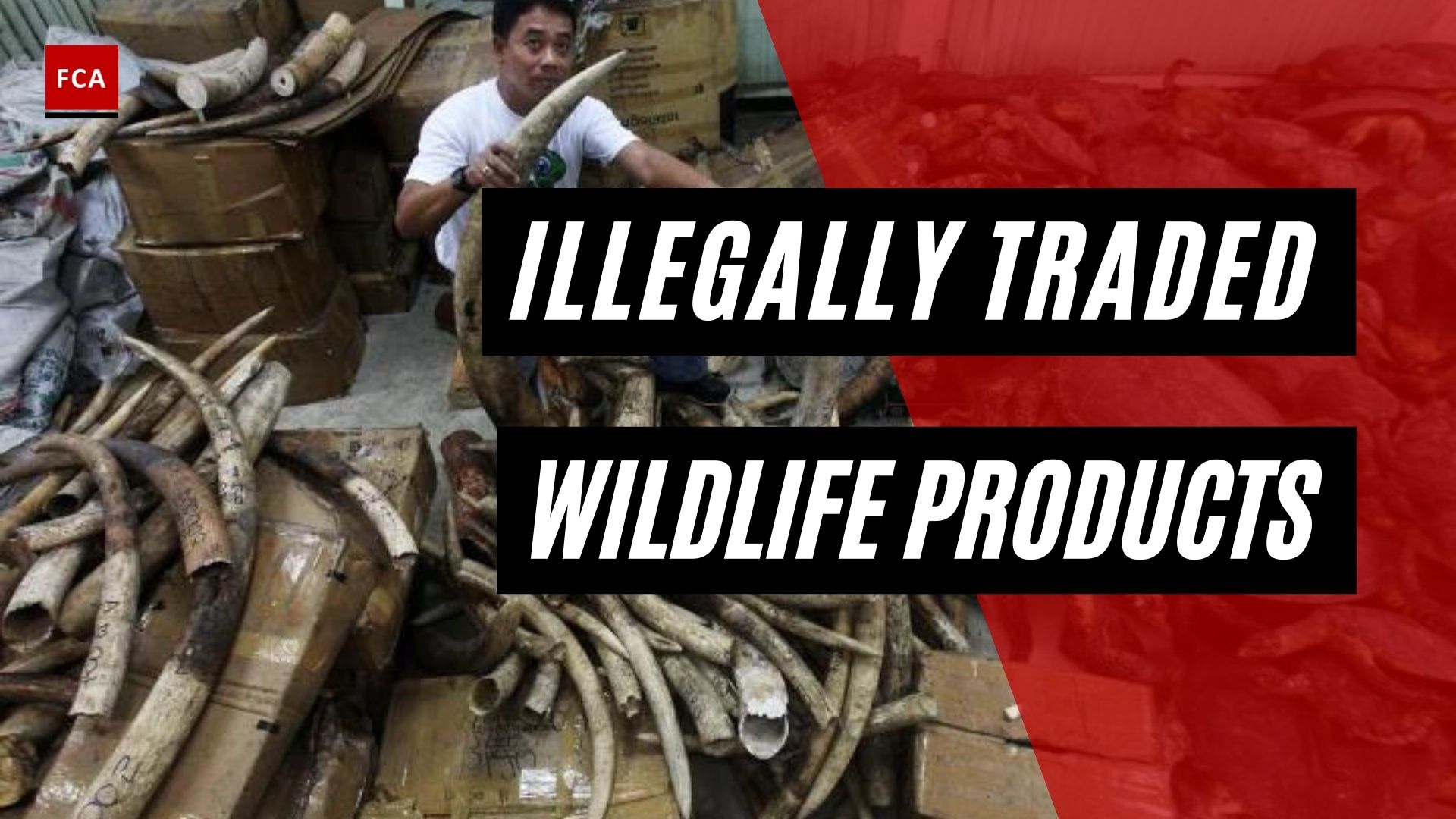What is the legal wildlife trade? The legal form of wildlife trade refers to buying, selling, or trading any wild species or wildlife products as permitted by law. The use of wildlife products is rooted in many countries’ societies and has a significant impact on trade, economy, and way of life – whether it is food production, medicine, or even the construction industry.
Even though wildlife crime, including poaching and illegal wildlife trade, often overshadow the legal trade in wildlife products, the legal trade of wildlife has grown over 2,000% since 1980.

What Is The Legal Wildlife Trade? How It Works?
To understand how legal wildlife trade is governed internationally, let’s briefly speak about CITES, which is the Convention on International Trade in Endangered Species of Wild Fauna and Flora, also known as the Washington Convention. CITES is a multilateral treaty to protect endangered plants and animals. It was drafted as a result of a resolution adopted in 1963 at a meeting of members of the International Union for Conservation of Nature.
The convention was opened for signature in 1973 and CITES entered into force on 1 July 1975. Its aim is to ensure that international trade in specimens of wild animals and plants does not threaten the survival of the species in the wild, and it accords varying degrees of protection to more than 35,000 species of animals and plants.
CITES is enforced in many countries around the world and as a consequence, legal wildlife trade is governed by these provisions. In addition, a number of countries have issued local laws and regulation that further strengthen the legal framework for wildlife trade. For example, the production of and trade in numerous non-endangered animals and plants occurs via permits – many of which are tied to quotas that limit the number of animals and plants that can be legally produced and traded.
Even though laws and regulation are in place in many countries around the world, some international NGOs have continuously called for stricter laws governing legal and illegal wildlife trade. At the same time, other NGOs point out that millions of people, including indigenous communities, rely on animal or plant sources for their income. This can be a powerful incentive to manage wildlife sustainably and improve the livelihoods of people while contributing to the UN Sustainable Development Goals.
Now to further understand how legal wildlife trade is governed, let’s continue to discuss CITES and how this treaty aims at protecting endangered species. In particular, let’s briefly discuss CITES’s three appendices.
Appendix I
Appendix I contains a list of around 1,200 threatened species. It stipulates that import and export permits are required, and commercial trade is prohibited. A permit might be granted after a confirmation from the country of origin that a trade of a particular species will not be harmful to the survival of that species. For example, the tiger and the Asiatic lion are included in Appendix I.
Appendix II
Appendix II contains around 21,000 species that are not in danger of extinction, but need to be monitored to make sure that their trade does not harm the survival of the species. If the plant or animal was taken lawfully and its harvesting would not harm its chances of survival, export is allowed. Appendix II, for example, contains a list of American alligators.
Appendix III
Appendix III contains around 170 species that are listed after one member country has asked other CITES Parties for assistance in controlling trade in a species. The species are not necessarily threatened with extinction globally. In all member countries, trade in these species is only permitted with an appropriate export permit and a certificate of origin from the state of the member country who has listed the species.
About 97% of the CITES-listed species of animals and plants can be legally traded for commercial purposes. Examples include the trade of an edible mollusk called “Queen Conch”, which has an annual global trade volume of around sixty million dollars.
CITES is implemented by the exchange of certificates and permits between involved countries. Over one million permits are issued annually by CITES parties, which is the backbone of this convention. These permits are proof of the transaction’s legality and viability.
In an ideal world, legal wildlife does not threaten the existence of a species, their production is done sustainably, and trade volumes are strictly monitored. Unfortunately, such ideal conditions are rare. Many species protected under law are hunted and smuggled illegally, which threatens species’ existence. Wildlife traffickers always find loopholes in the monitoring system and turn legal trade illegal.
Final Thoughts
The sale or exchange of wild animal and plant resources by humans is referred to as wildlife trade. The trade in wildlife is at the heart of the conflict between biodiversity conservation and human development. Whether for medicine, construction, food, or culture, wildlife products are essential to a large portion of our trade, economy, and way of life.
Wildlife crime and illegal trade frequently overshadow the legal trade in wildlife products. It involves thousands of different fauna and flora species, generates income for millions of producers, raw materials for businesses and local collectors, and a mind-boggling array of goods for hundreds of millions of consumers. It is undeniably important in regional, national, and international economies.








